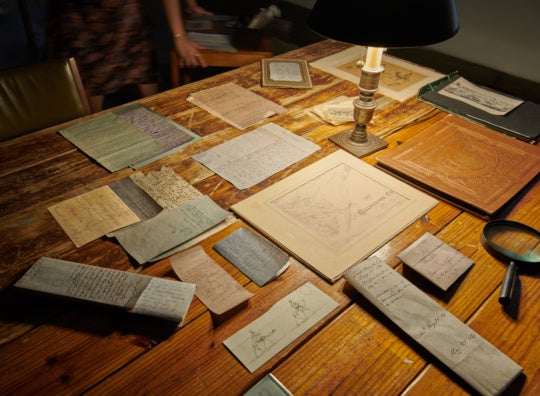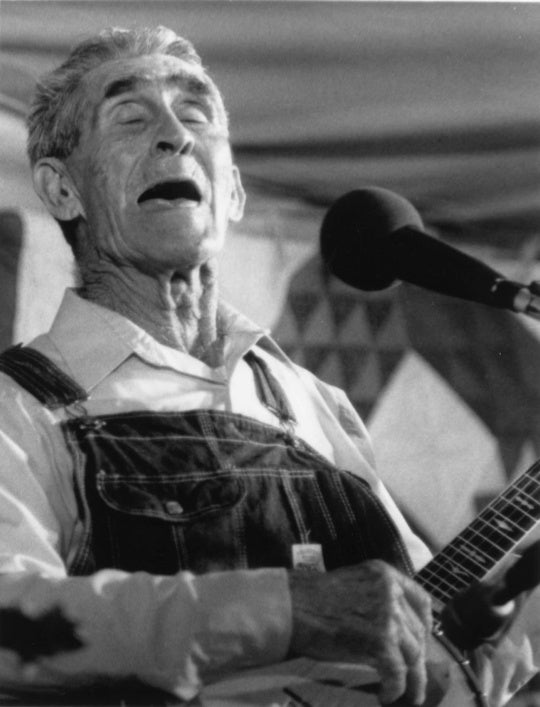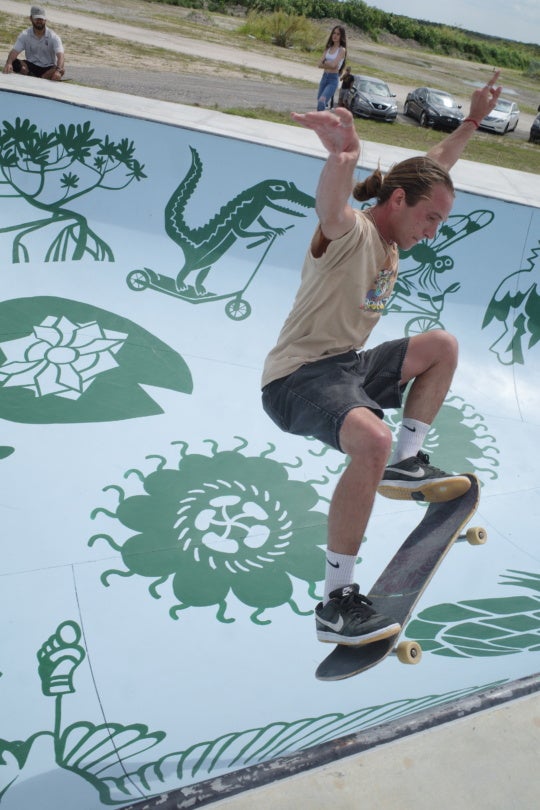
Located 25 miles north of the city, Kennesaw State University has embarked on a large expansion of its visual arts department, including a dedicated “arts district” off campus. Construction is successfully underway for the new Zuckerman Art Museum which opens fall 2013. The art galleries at KSU comprise three separate exhibition spaces spread over several campus buildings. Two of these spaces—the Art Gallery at Sturgis Library and the Fine Arts Gallery in the Joe Mack Wilson Building— recently closed exhibitions that are worth noting as signs of good things to come.
Selectively Spare: Not What It Seems
Curated by Joe Thomas in an awkwardly shaped, downstairs gallery inside the Joe Mack Wilson Building, Not What It Seems (August 20-October 25, 2012) brought together the work of three artists—Mark Franchino, Frances Trombly, and Ian Weaver—who collectively engage in “value” conversations and encapsulate notions of surrogates and Duchampian ready-mades.

The exhibition is minimally installed and thereby holds great physical impact. Upon an initial read, the exhibition might appear to be mid-installation (complete with cardboard box, trashcan, and extension chord), yet a closer look reveals the work of Frances Twombly in its natural element; they are cunning and skillfully rendered ready-mades with an illusory twist. Such items that would normally escape attention due to their mundane-ness are exactly the focus of this exhibition.
Frances Twombly’s Box (Broward Paper and Packaging) (2008) exemplifies this well. The work is lying on the floor—as any discarded and flattened cardboard box would—yet produces an uncanny feeling upon our realization that the ready-made is in fact a skillfully crafted foil. The work is laboriously hand-woven and complete with embroidered shipping labels, stamps, and packaging tape. Twombly asserts herself into a feminist timeline by addressing and challenging historical notions of craft as women’s work and simultaneously subverts our preconceived values (or lack thereof) placed on mass-produced goods.
Ian Weaver’s oil paintings from his Document Series are attempts to reclaim a lost family history through masterful trompe l’oeil reconstructions of important societal documents—birth and death certificates, marriage licenses, and divorce decrees—that, while merely pieces of paper, can prove the difference in one’s own existence. Through both subject matter and precise execution, the paintings are poignant and at times feel painfully voyeuristic (for example, Death, Lula (2005-6)). Does a written document constitute one’s life, and how do we prescribe value to sheets of paper? And, how does the value shift when a document becomes an oil painting?


While the exhibition successfully raises questions regarding surrogates and stand-ins, Mark Franchino’s work might be the least resolved on this subject, but perhaps the most articulate in discussion of value systems—as they are beautifully executed art objects. For example, Franchino’s Ashtrays (2007) are carved walnut ashtrays. And while (most, if not all) commercially produced ashtrays are not wooden, especially the plastic model he appears to copy, they could be—therefore there is not enough conceptual distance between the worldly object and the art object to justify such a specific surrogate conversation. However, most, if not all, ashtrays would not be hand-crafted from walnut, so there is an interesting value dissonance there.
Smart installation decisions help the show, which could have easily been burdened by the space. Several of Twomly’s larger floor works (Extension Cord (2007) and Mop (2008)) are installed along a curved backside wall to entice viewers to walk around the full perimeter, and ample space is allowed between works. Trombly’s sculptures are interspersed with several of Ian Weaver’s paintings. Overall this exhibition was smart, engaging, and worthy of closer inspection.
Hidden but Poignant: Richard Ross’s Photojournalism
Tucked below a student library, the Art Gallery at Sturgis Library recently hosted Juvenile-In-Justice: Photographs by Richard Ross (October 9-November 1, 2012) produced in conjunction with Atlanta Celebrates Photography and originally organized by the Nevada Museum of Art.
Ross is a well-known photojournalist whose work navigates and documents social spaces and their societal implications, and investigates the ways form follows function. Ross was awarded a Guggenheim Fellowship in 2007 for his series Architecture of Authority.

Since 2005, Ross has been actively researching, interviewing, and photographing juveniles and their detention spaces in the US justice system. The traveling exhibition Juvenile-In-Justice provides haunting and vacuous images revealed to us through Ross’s lens: youth cell blocks and isolation rooms, missed bureaucratic opportunities, hardships of daily ritual, and the freezing of time that occurs to youths ‘wasted’ in the system through implications of access and denial.
The exhibition is quite full, and the more than 50 unframed photographs (digital inkjet prints, each roughly 33×22 inches) lead you on an overwhelming experience—due to both the difficult subject matter and sheer mass of visual information. While the faces of all the juveniles are purposefully concealed, Ross hopes that viewers empathize with the subjects and glean a more detailed understanding of the conditions that exist (and do not exist) for youths in the justice system, a system in place that not only treats and confines, but can at times physically harm and psychologically damage.

Ross uses photography here to reveal truths; we can look past the medium’s specificity into images that tell personal stories and narratives, given voice through his supplemental captioning. For instance, a most troubling image, objectively titled Miami-Dade Regional Juvenile Detention Center, Miami, Florida, 1 (2010) depicts a detention center wall with methodically printed mug shots of recently released juveniles. The word “expired” is written across all but one. The image’s caption discloses that this wall is colloquially referred to as the “Wall of Shame” and “expired” refers to deceased. Not only does this photograph assert the harsh reality that young juveniles face death daily, but also reveals the systems with which they are forced to mentally deal.
A powerful series of isolation rooms installed in a cluster together might initially appear non-confrontational, but is in fact an opposing extreme. There are several similar moments that occurred when viewing this exhibition—letting one’s guard down backfires, exposing our own preconceptions of acceptable functions of institutional facilities. There are horrific images that hopefully inspire activism—barefoot youths living in cells covered in rust and bodily fluids. The images show their lack of the basic human needs (warmth, proper shelter, love, positive reinforcement, human interaction) required to successfully leave the justice system and become contributing members of society. The resources we do (or do not) provide to juveniles and their home communities reveal a lot about the value placed on human life, especially for those that have most of it ahead of them.
The two exhibitions at Kennesaw State University have closed, but a full-color catalog with more than 150 photographs is available. For more information on Juvenile-In-Justice, visit the project’s website.




